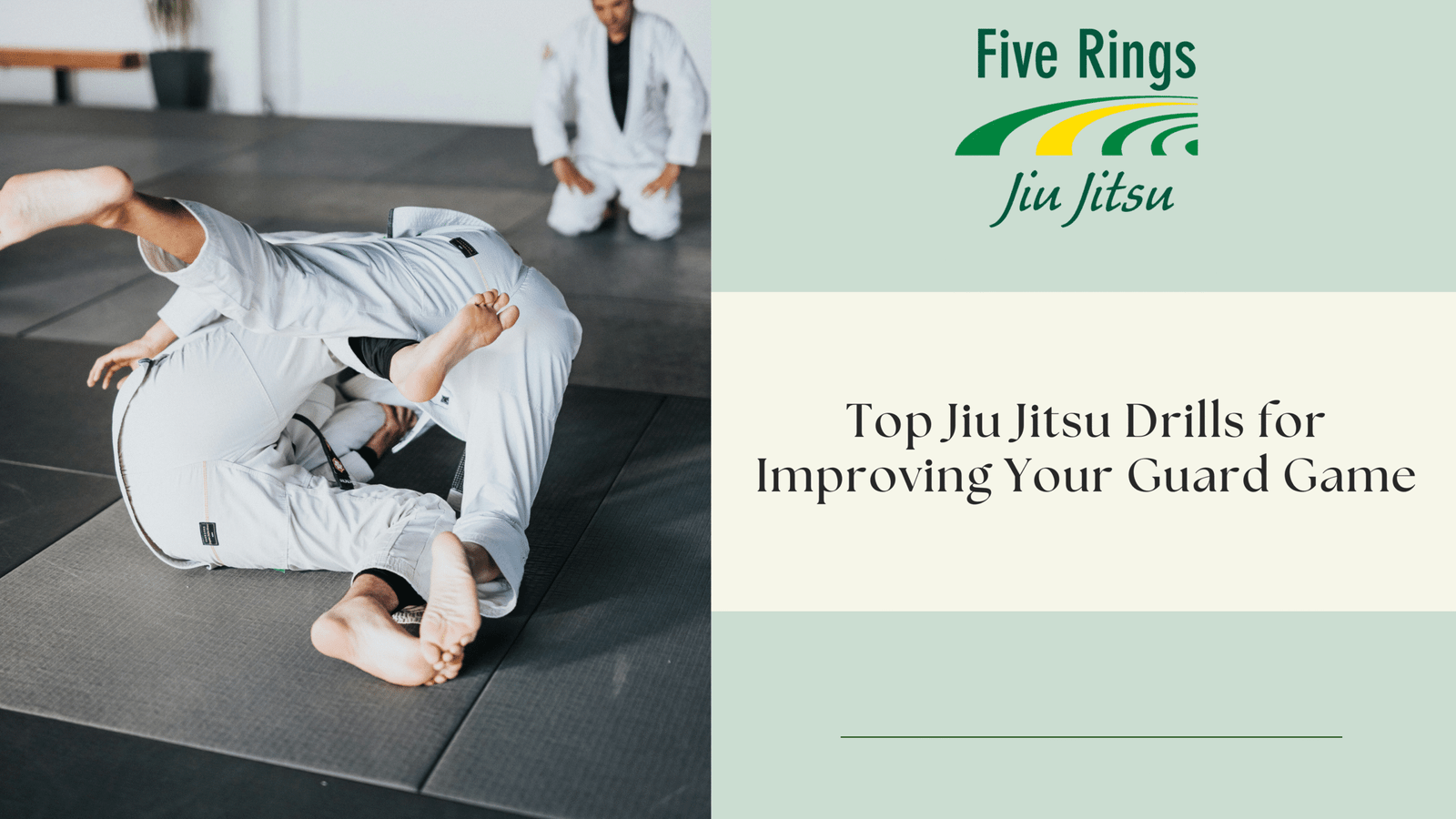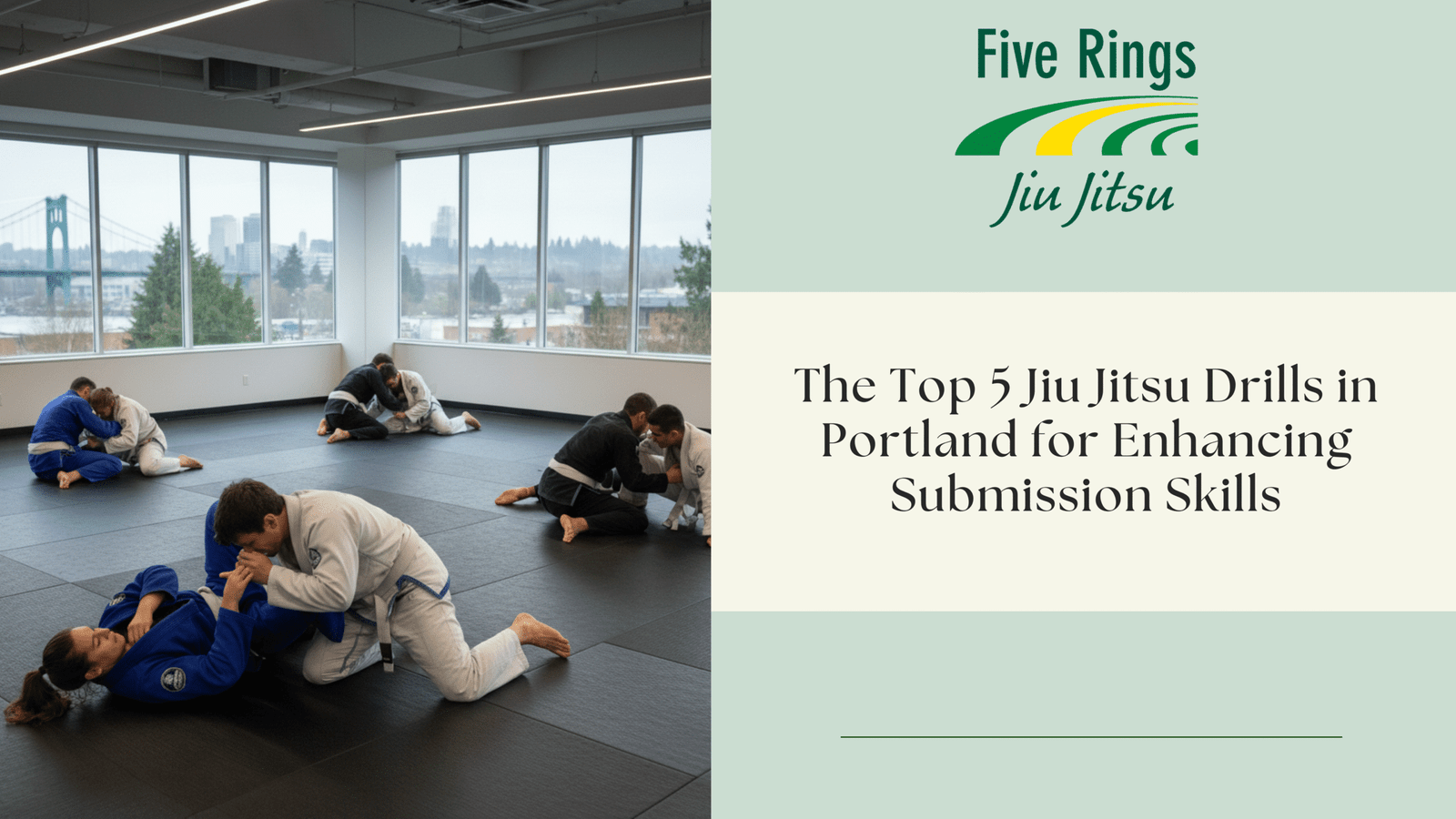The guard is one of the most fundamental and powerful positions in Brazilian Jiu Jitsu. Whether you’re playing closed guard, open guard, or transitioning between them, your ability to control, defend, and attack from the bottom is a critical skill. If you want to become a more dangerous and effective grappler, you need to drill your guard game consistently and strategically.
This article breaks down the top Jiu Jitsu drills for improving your guard, helping you develop fluid movement, sharper submissions, and rock-solid defense, whether you’re a white belt or a seasoned competitor.
Why Guard Drilling Matters
The guard allows you to:
- Defend against top pressure
- Set up sweeps and submissions
- Control the pace of a match
- Transition to dominant positions
While techniques are essential, repetition and timing through drilling make the difference between knowledge and execution. The following drills will help you develop the muscle memory, timing, and reactions necessary to elevate your bottom game.
1. Hip Escape (Shrimping) Drill
Purpose: Build mobility and create space under pressure
How to Drill:
- Lie flat on your back.
- Use your feet to push off the mat and shift your hips away.
- Reset and repeat on the opposite side.
This foundational movement is used in nearly every escape and guard recovery. Mastering the hip escape improves guard retention and helps you stay safe when an opponent is trying to pass.
2. Technical Stand-Up
Purpose: Safely stand back up from the guard position while maintaining distance
How to Drill:
- Start seated, one leg bent, the other outstretched.
- Post on your hand and opposite foot.
- Lift your hips, then bring your rear leg under and stand.
This drill is perfect for no-gi and self-defense contexts and is essential for regaining control after a scramble.
3. Leg Pummeling for Open Guard Control
Purpose: Improve foot positioning and control from open guard
How to Drill:
- Start in a seated or supine guard.
- Use your legs to pummel inside your partner’s arms or legs.
- Maintain grips or frames with your hands as you switch sides.
Leg pummeling improves your ability to establish grips like De La Riva, lasso, or butterfly guard, allowing for better control and sweep setups.
4. Arm Drag to Back Take Drill
Purpose: Learn timing and leverage to transition from guard to back control
How to Drill:
- From a seated guard, grab your partner’s wrist and drag their arm across your body.
- Simultaneously scoot your hips and reach for their back.
- Follow up with a seatbelt grip and move to the back.
Drilling the arm drag sharpens your ability to attack offensively from the guard, turning defense into dominance.
5. Flower Sweep (Pendulum Sweep) Drill
Purpose: Build core coordination and momentum for effective sweeps
How to Drill:
- Start in closed guard with grips on your partner’s sleeve and collar.
- Open your guard and swing your leg like a pendulum under your partner’s arm.
- Use the momentum to sweep them over as you roll on your side.
This drill teaches leverage and hip mobility, crucial for unbalancing larger opponents from the bottom.
6. Triangle Entry Reps
Purpose: Improve submission setups from the guard
How to Drill:
- From closed guard, isolate one arm and control the posture.
- Shoot your hips up and lock your legs in a triangle formation.
- Reset and repeat on both sides.
Repetitive triangle entries help build quick reflexes, timing, and confidence in one of the most effective guard submissions.
7. Guard Retention Drill (Leg Recovery)
Purpose: Prevent guard passes by recovering lost position
How to Drill:
- Have a partner simulate passing your guard (e.g., knee slice or torreando).
- Use hip movement and leg circles to block and recover guard.
- Reset and repeat from both sides.
This reactive drill builds your ability to stay in the fight and avoid side control or mount.
8. Sit-Up Guard to Sweep Drill
Purpose: Create sweeps and off-balancing from sit-up guard (e.g., hip bump sweep)
How to Drill:
- From closed guard, sit up explosively with an underhook.
- Use hip movement and leverage to bump and sweep your partner.
- Alternate sides and switch into submission chains (e.g., kimura or guillotine).
This drill improves offensive transitions and helps you develop threat variety from the guard.
Final Tips for Effective Guard Drilling
- Repetition is key: Drill each movement 20–30 times in a row with focus.
- Use a resistance partner: After mastering the technique, add light resistance to simulate real rolling.
- Record and review: Watching your drilling sessions helps pinpoint errors in technique or timing.
- Drill in both gi and no-gi settings to build versatility in grips and transitions.
The more you drill, the more instinctual your guard game becomes.
Final Thoughts
A strong guard is more than just a safety net; it’s a platform for offense, strategy, and control. These essential Jiu Jitsu guard drills help you develop the movement patterns, precision, and confidence needed to sweep, submit, and defend like a pro. Incorporate these drills into your weekly training, and you’ll see measurable improvements in your guard retention, setups, and overall flow on the mats.
Whether you’re training for competition or just want to roll better during sparring, the guard is your foundation; drill it like it matters. Contact us today to see yourself grow on a new level.








